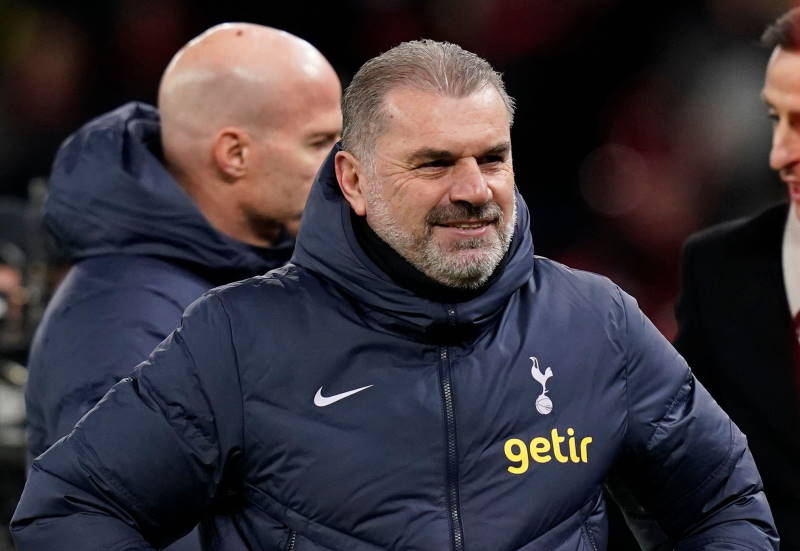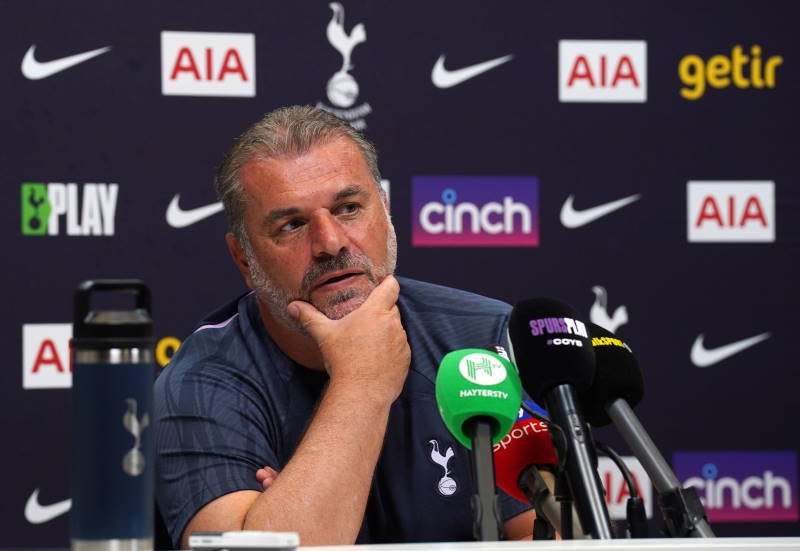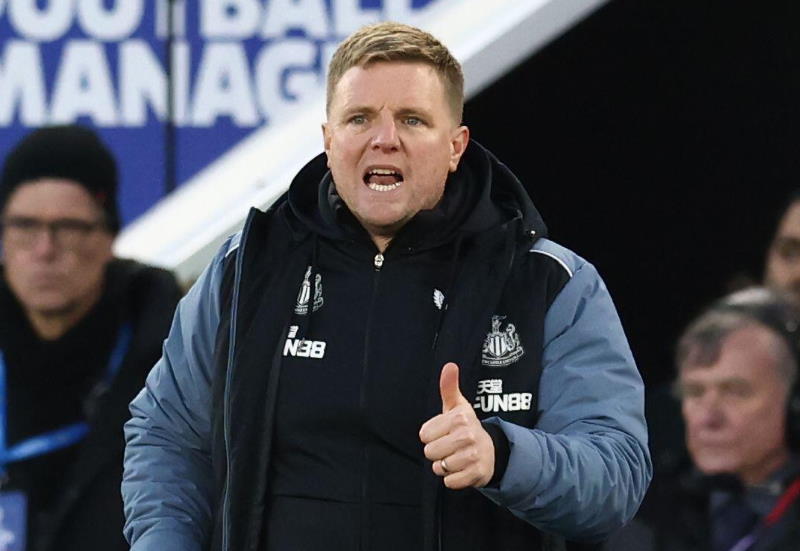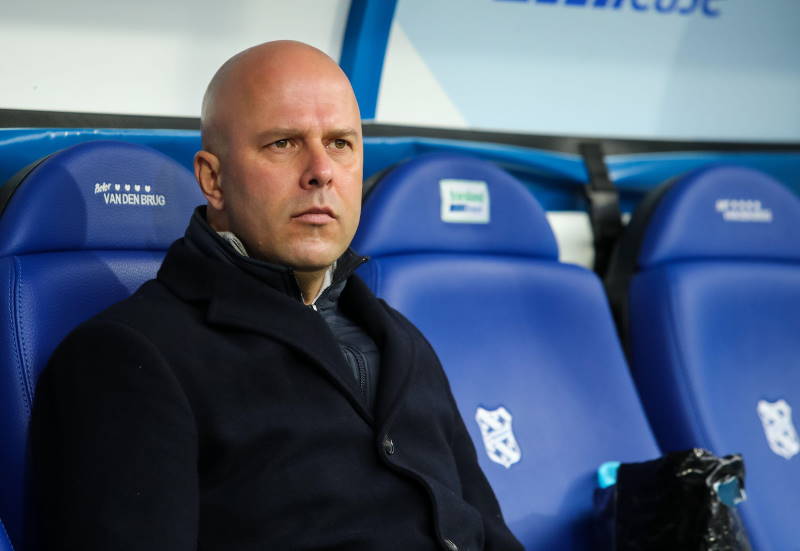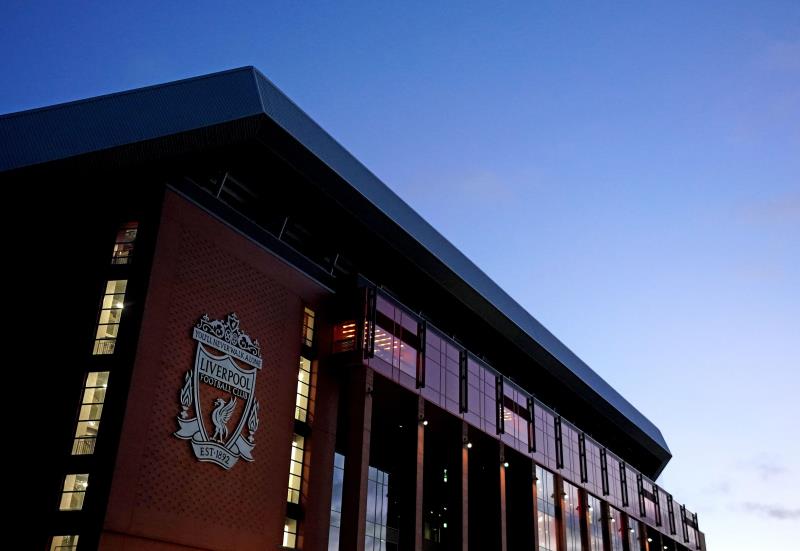Ben Somerford
The draw for the 2009 Asian Champions League (ACL) took place in Dubai recently, with much excitement and optimism ahead of the beginning of the new and revamped continental tournament.
The Asian Football Confederation (AFC) are aiming to begin a new professional era for football on the massive continent, with the new ACL leading the way.
In 2009, the ACL will take a new format with 32 teams competing in the tournament rather than 28. Other changes in the format include the increase to two qualifiers per group through to the knockout stage which will start with a round of 16. And in a first, the final will be played at a neutral venue, in Japan with a one-off grand match.
But the make-up of the competitors in the tournament will also take up a different look with the AFC enforcing strict new measures for participation in the ACL. The tough criteria include on-field performance, attendance figures and organisational and governance standards as the AFC strives to reach a new level of professionalism.
And while the revamped competition immediately presents plenty of new and exciting opportunities for many, there are also plenty of losers with the AFC’s strict new measures freezing several confederations out of the tournament.
In fact under the AFC’s new rules, only 10 Member Associations have earned direct entry into the group stages of the ACL, making teams like 2006 runners-up Al Karama (Syria) or 2008 AFC Cup winners Muharraq (Bahrain) ineligible for the competition.
But AFC president Mohammed Bin Hammam believes all these new measures are for the long-term development of Asian football.
"Asian football needs a big reformation process to make it professional and successful, and I know radical changes might not please everybody, but we must have the courage of our convictions" Bin Hammam said.
Indeed, under the new regulations, the Syrians for example don’t meet the AFC’s criteria because of their poor off-field governance and therefore are ineligible for the ACL. Other nations like Vietnam and Thailand have been punished for their poor on-field performances and pitiful attendance levels.
Speaking at the launch of the new ACL, Bin Hammam added, “We had to implement tough measures to ensure that the clubs and leagues they [clubs] represent are truly professional in the way they are run and play football.
“This is the only way to build up the credibility of this tournament. At the end of the day, Asian football benefits and we are delighted to see that so many associations and clubs are doing their best to meet our competition criteria. This is an exciting time in Asian football and we are looking forward to a fantastic competition in 2009.”
Bin Hammam’s optimism looks justified following the draw for the 2009 Asian Champions League. The anticipation for the tournament has only grown, with all of the groups looking tantalising.
Group B throws up a massive contest between two of West Asia’s best supported clubs in Al Shabab Riyadh and Persepolis of Tehran, while Group C looks to be the ‘group of death’.
Amongst the teams in Group C are Al Jazeera Abu Dhabi (UAE), Esteghlal (Iran) and Al Ittihad Jeddah (Saudi Arabia) who are all currently flying high in their respective domestic leagues, along with up-and-coming Qatari club Umm Salal SC, in what AFC Vice President Yousef Al Serkal described as a ‘tasty draw’.
Elsewhere, a new rivalry may emerge in Group D, when Iranians Sepahan and Uzbeki side Bunyodkor face off once again, after the Tashkent club got the better of the Esfahan side in last year’s group stage of the tournament.
While over in the East Asian part of the draw the supremacy of the Japanese clubs, who have won the last two Champions League editions, will be put to the test.
Indeed, the intense rivalry amongst the Chinese, Japanese and Koreans will only be enhanced by the fact all four East Asian groups have a team from each respective domestic league.
The Koreans, in particular, will be keen to prove a point against the J.League clubs who have recently tempted away a lot of K-League stars to the island nation including Cho Jae-Jin who left Jeonbuk Motors for current Asian champions Gamba Osaka last month.
So one group that will command particular attention will be Group G, were the current J.League and K-League champions, Kashima Antlers and Suwon Bluewings respectively have been drawn against one another.
Throw in the new Australian A-League clubs, represented by the Newcastle Jets and Central Coast Mariners, and these groups promise plenty of excitement.
The new format of the competition adds plenty too, with the top two sides going through from the groups rather than just one as in the previous edition. This not only eliminates some of dead-rubbers which were cursing the tournament but also increases competition with more teams battling for that precious slot in the next round.
Along with those extra qualification places the AFC have managed to vastly increase the prize-money for the competition too, going from the $4M on offer in 2008, up to $20M for 2009.
Needless to say, with the financial gains on offer the participating clubs will be tempted to make the continental competition more of a priority than they previously may have done.
But the AFC are also eager to point out a victory in the group stages of the ACL will be worth $40,000, which is a great incentive for smaller clubs from smaller leagues.
Indeed, what is on offer in the 2009 edition of the ACL is a massive incentive for leagues in places such as Syria, Bahrain or Vietnam who were deemed ineligible from the tournament, to improve, make themselves eligible and reap the rewards. All this will the AFC hopes lead to them ultimately becoming more professional.
And as Bin Hammam continually reiterates, it is all about improving the professionalism of Asian football. While it may seem unfair in the short-term, perhaps in the long-term the likes of Al Karama and Muharraq have plenty to win.

